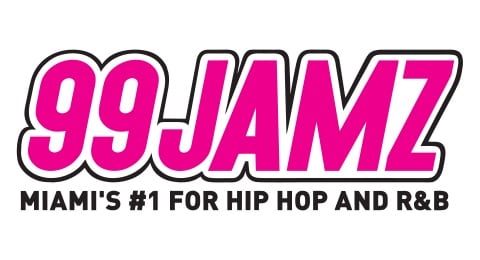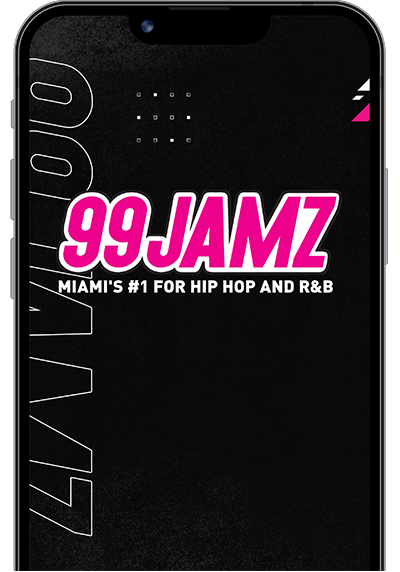Boat insurance: Coverages vary widely
See if your policy covers you for moving your boat out of danger when a storm is approaching.
Boats are a unique line in the insurance industry, one that is not regulated. It is insurance for watercraft, whether a powerboat, a sailboat, a yacht or some other marine vehicle.
What does boat insurance cover? Insurance needs differ depending on the type of watercraft that you own. Your policy will explain what is covered and what is excluded.
It is getting easier to find limited coverage, for example the amount of the loan the vessel secures if it is less than book value and liability coverage. By limiting coverage, insurance can be more affordable.
Check with your agent.
Most policies cover physical damage to the hull, sails, machinery, furniture, and other equipment normally used on board. Most perils are covered, including vandalism, malicious mischief, even damage from latent defects of workmanship.
Policies also cover damage to another boat or dock, and injury or death to another person as a result of your negligent operation or ownership of the boat. Most policies cover boat trailers against physical loss or damage from any external cause.
If you, your guests or family are injured while on board, the policy provides payment for incidental medical expenses.
The policy coverage provides compensation liability for injury to persons employed by you who may work on your boat, but are not crew members. To be covered, they cannot be employed by your boat yard.
Most importantly, understand what your insurance includes when you purchase it.
Make sure you have contractual liability coverage, which many marinas now require.
Boats out of water fare better in storm
Don’t ever consider staying on your boat in a storm. Make arrangements now for how you will store your boat. Here are the types of places you should try:
A garage or a storage building inland. Studies show boats stored ashore are more likely to survive than those in the water. Try to store boats above the anticipated storm surge level. Storing on high-rise racks is high-risk.
A “hurricane hole,” which is a small, protected body of water, such as one of the small coves naturally protected off the Intracoastal Waterway or St. Lucie River.
A well-protected marina or dock. If the marina is too close to open bodies of water or protected only by a low sea wall, it can be vulnerable to large waves and storm surge.
Note: State law lets marinas, at the owner’s expense, remove or secure vessels left at their docks when a storm is approaching. It also helps marinas and municipalities clean up wrecked or abandoned boats.
Finding a secure spot for boat on land
Remove outboard engine if possible. An engine might help weigh down a lighter boat but could cause a heavier boat to damage its trailer.
Pick a site away from trees and power lines. Do not park between buildings, where wind tunnels can develop. Remove electrical equipment and strip all loose gear.
Use wooden blocks at the trailer’s wheels. Deflate tires. If your boat is on a trailer, lash it to the trailer and tie trailer down to something secure. Ground anchors are best.
If you don’t have a trailer and your boat is small (does not have electrical gear and carpeting), fill it with water and tie it to the most secure thing you can find in your yard. If the boat is very small, turn it upside down and lash it to the ground or put it in the garage and leave the car outside.
In-water boats
If you are taking the boat out of the area, leave well before the storm. Once an evacuation is ordered, bridges may be locked down.
Don’t anchor or tie up near a floodgate. When the gate opens to allow water out, your boat will be crushed or sunk.
Use lines on both sides. Use double bow and stern lines. Use spring lines fore and aft. Don’t tie up too close to the sea wall. Water level could rise 10 feet to 20 feet above normal.
If in a canal or waterway, run at least eight lines to the shore. Set them so the lines form an X. Wrap the line several times around cleats or pilings before tying off on the ground anchor. Your boat should look like a spider in a web. Use oversized lines, as large as cleats can handle, but no more than two lines per cleat to spread the tension. Anchor only to pilings and deep-rooted trees (low on tree to avoid rope slipping off if top of tree snaps.)
Install fenders or even tires to protect boat from collisions.
Leave just enough fuel in your boat to get it back to its normal berth after the storm.
Set bilge pump on automatic. Leave cockpit drains open.
Close all intake valves below the water line. Seal hatches, ports, windows, doors and vents with duct tape.
Remove all gear affected by wind.
Disconnect shore power to your boat.
For a free guide to securing boats, contact the Boat Owners Association of the United States (BoatU.S.).
© 2020 Cox Media Group












